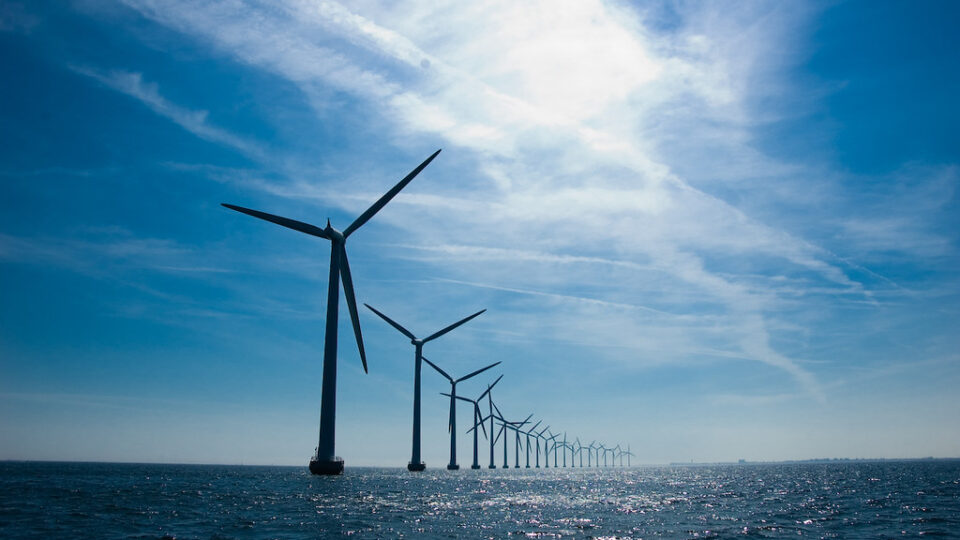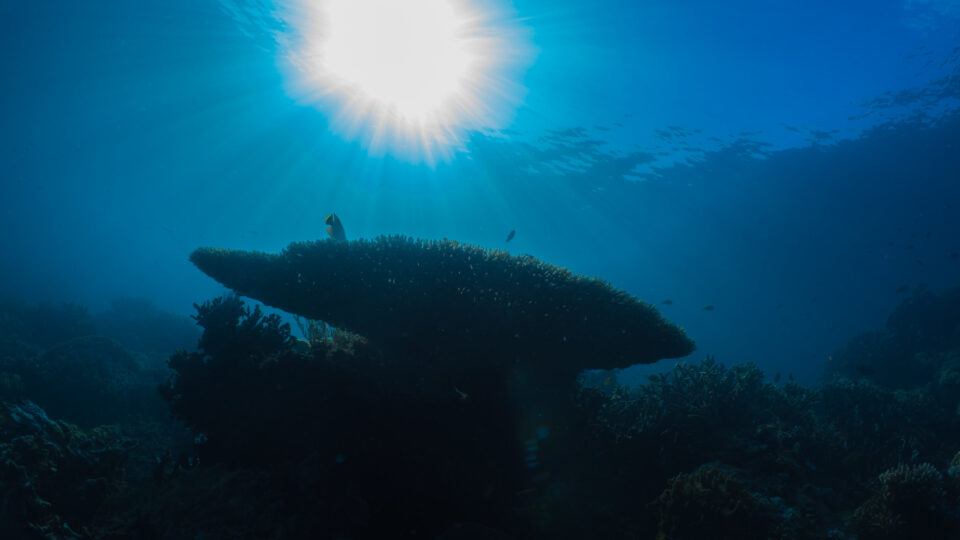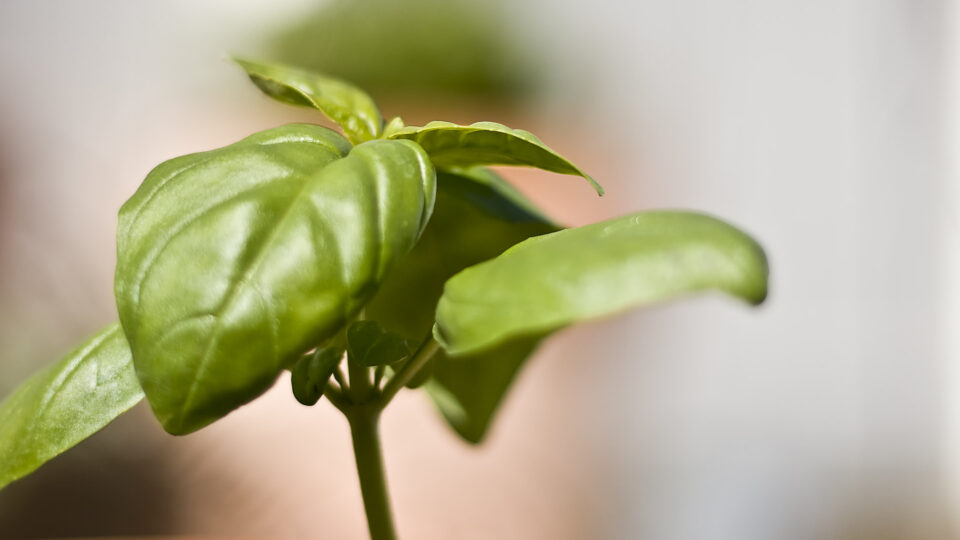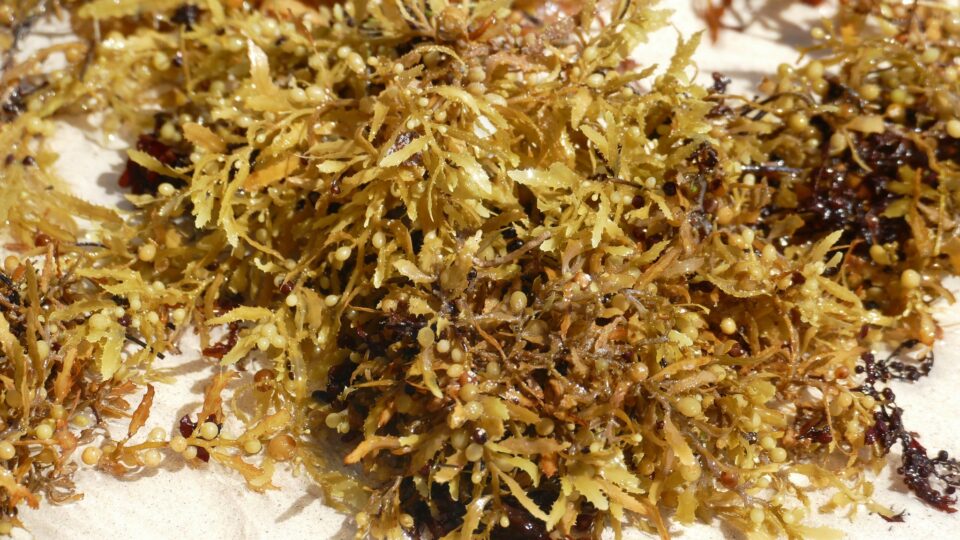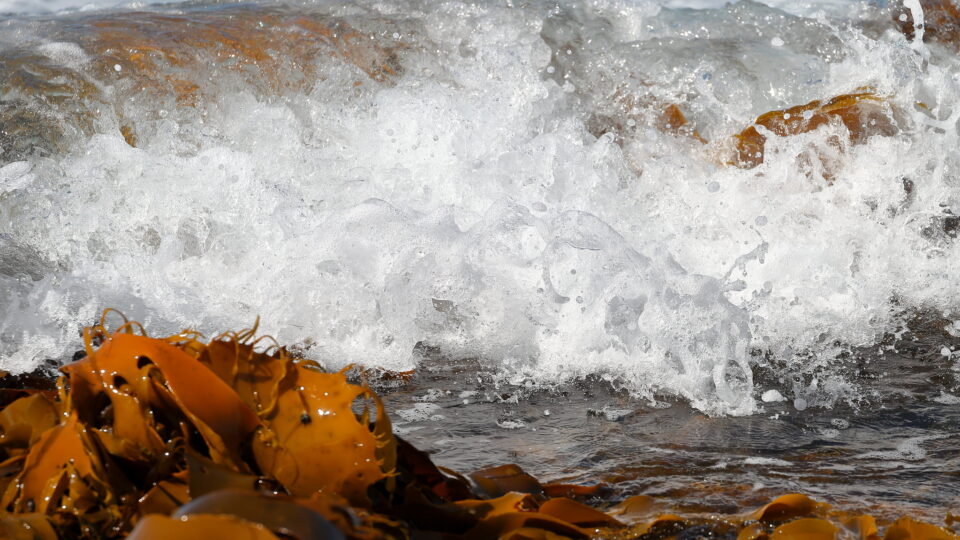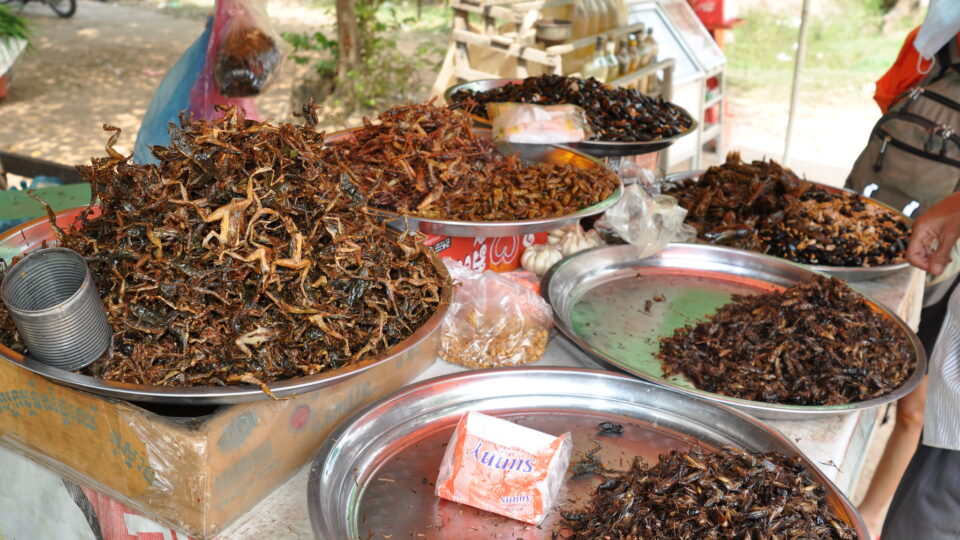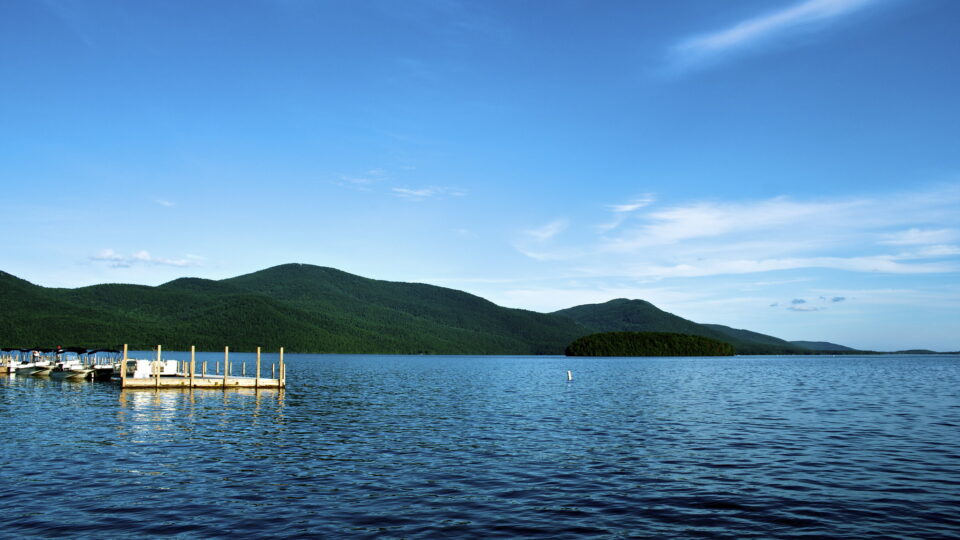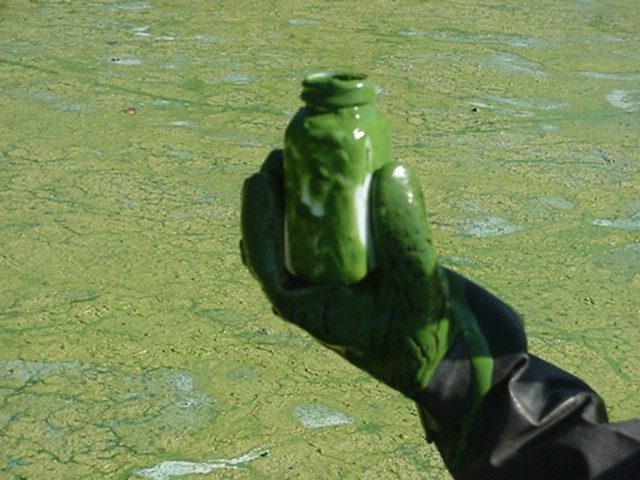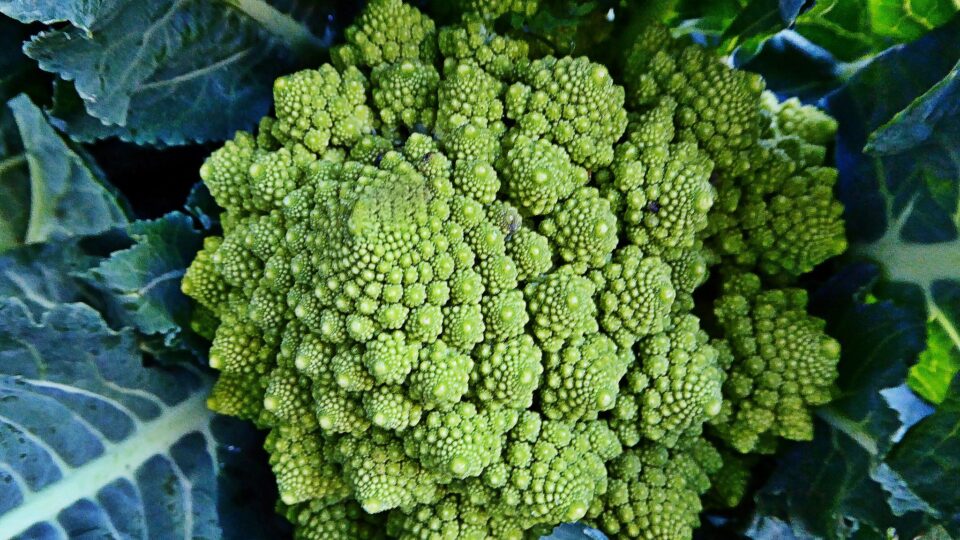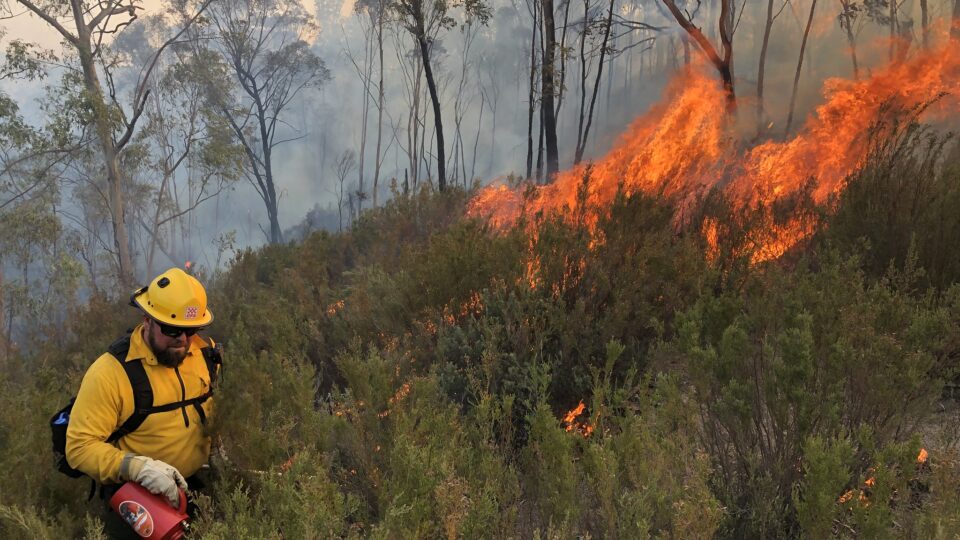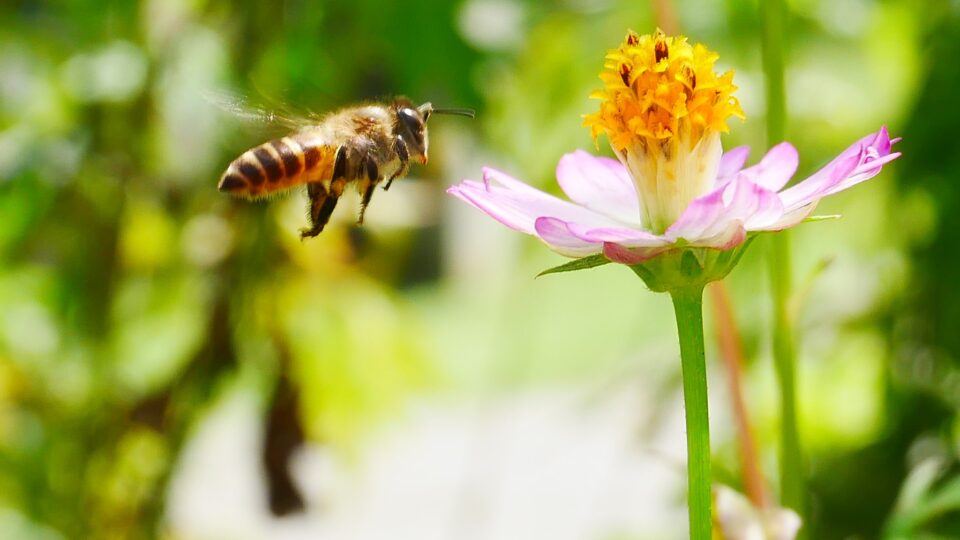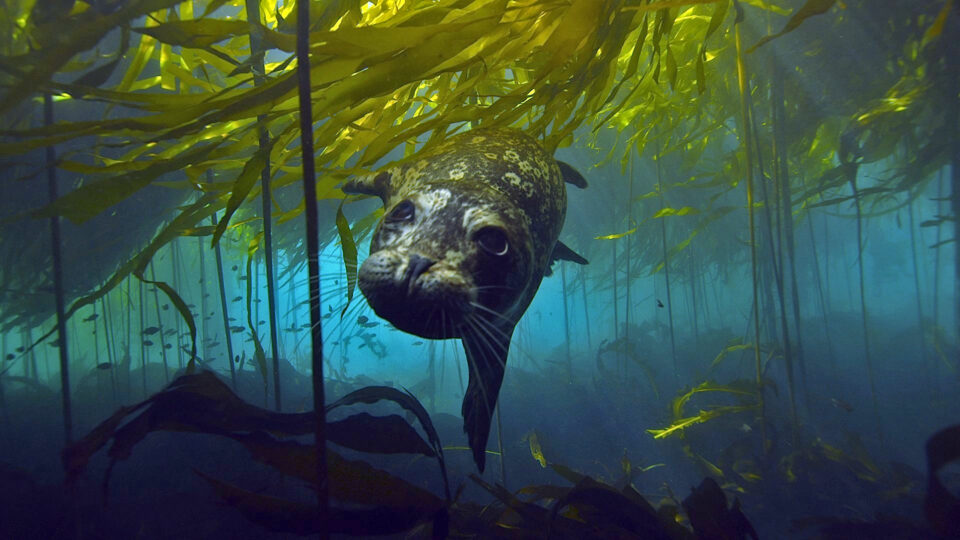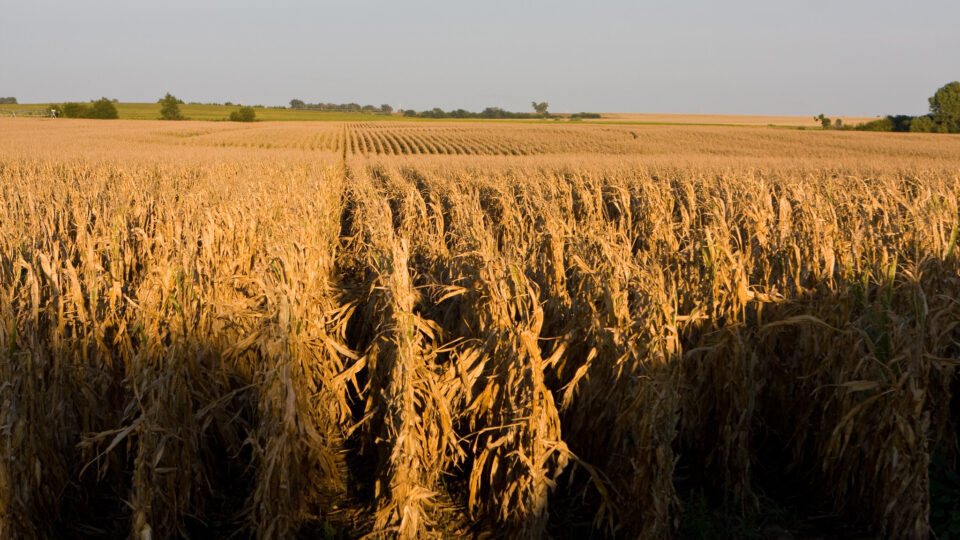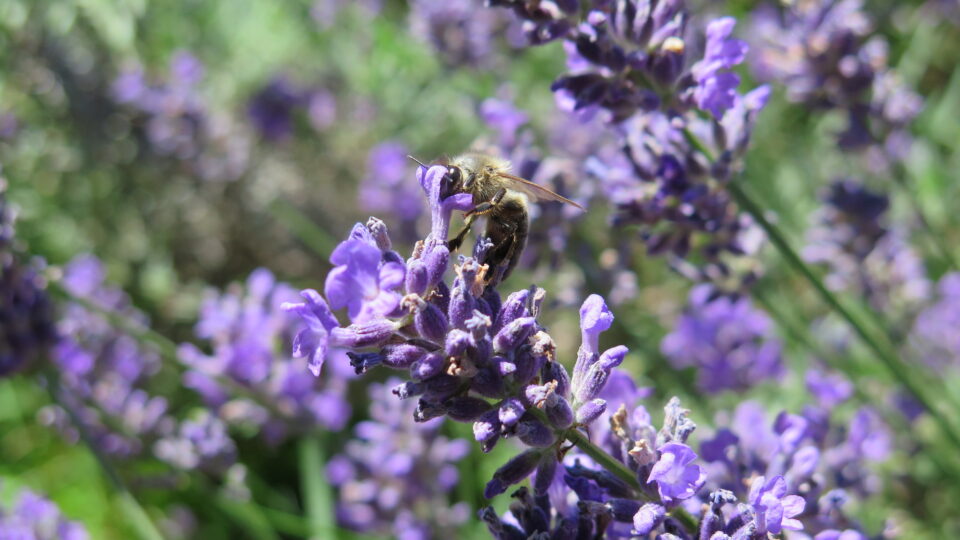There has been increasing use of agriculture coexisting with solar farms. This dual use of land is a win-win situation. Recently, Danish researchers have been investigating the potential for farming marine products at offshore wind farms.
Scandinavia’s largest wind farm, Kriegers Flak, is the site of a four-year-old project in which long lines are stretched between the wind farm’s pylons and are used to grow mussels and seaweed. With the first harvest that has taken place after 18 months, it is showing signs of early success.
Seaweed and mussels are low trophic aquaculture crops. That means that that they don’t need to be fed or fertilized. They take up nutrients from the sea and produce healthy foods.
The 328-foot lines spread between the turbines can be used to grow substantial quantities of the underwater seafood. According to modeling by Aarhus University – the institution conducting the study – using just a tenth of Denmark’s wind park area could produce tons of seafood annually while using only the naturally-available resources. This form of aquaculture captures emissions instead of producing them.
Researchers say that it is time to develop guidelines to encourage companies to plan for multiple uses of the ocean because countries are ramping up production of clean energy from offshore wind farms. Denmark was the first country in the world to install a commercial offshore wind park in 1991. Over 30 years later, nearly half of the country’s electricity comes from wind turbines.
The benefits of such sea farms combined with offshore wind farms go beyond food production and clean energy production. They also help improve water quality and capture carbon. It is another win-win situation.
**********
Web Links
Beneath offshore wind turbines, researchers grow seafood and seaweed
Photo, posted August 5, 2007, courtesy of Andreas Klinke Johannsen via Flickr.
Earth Wise is a production of WAMC Northeast Public Radio
